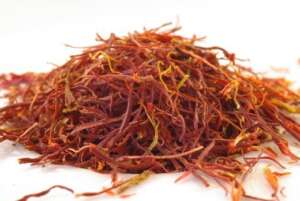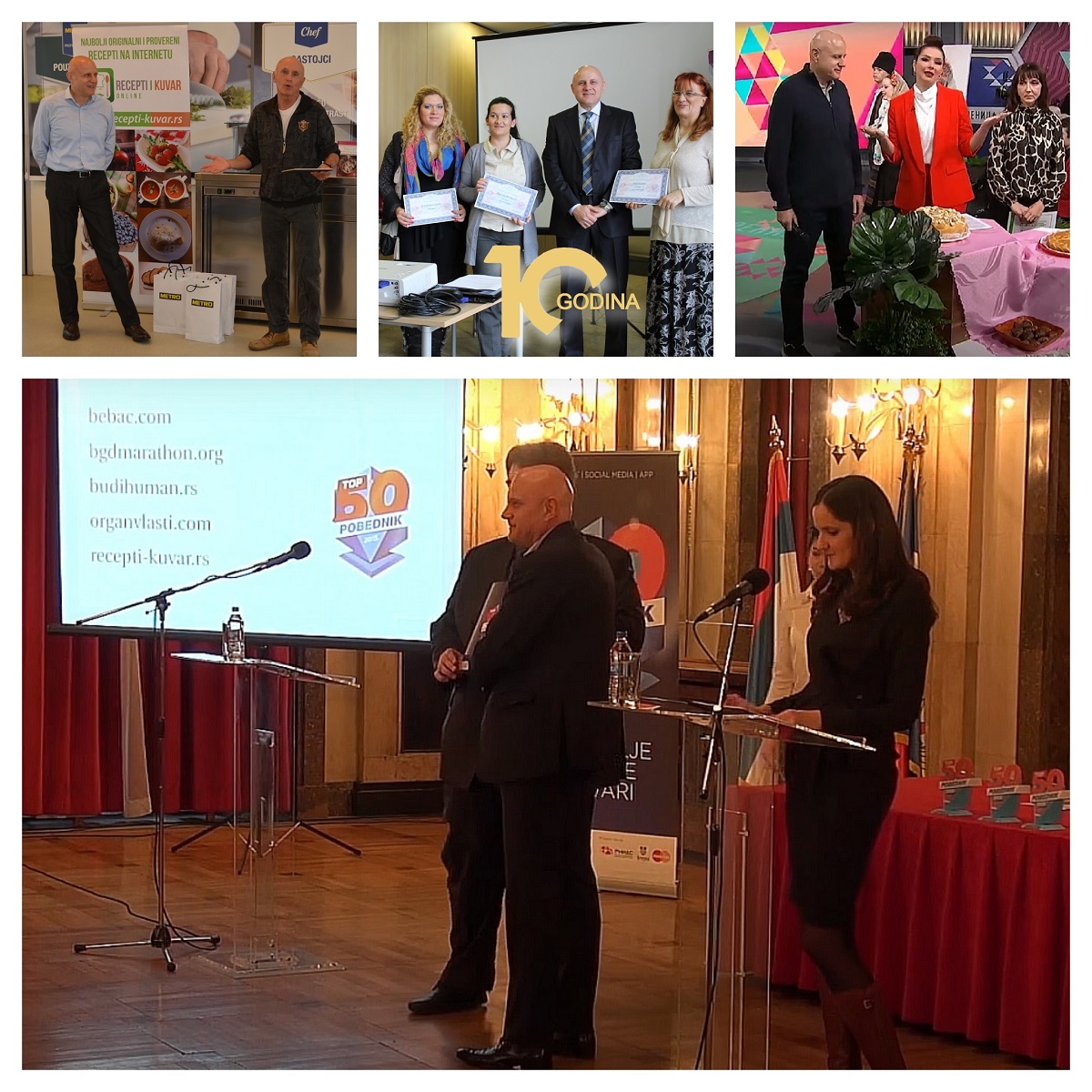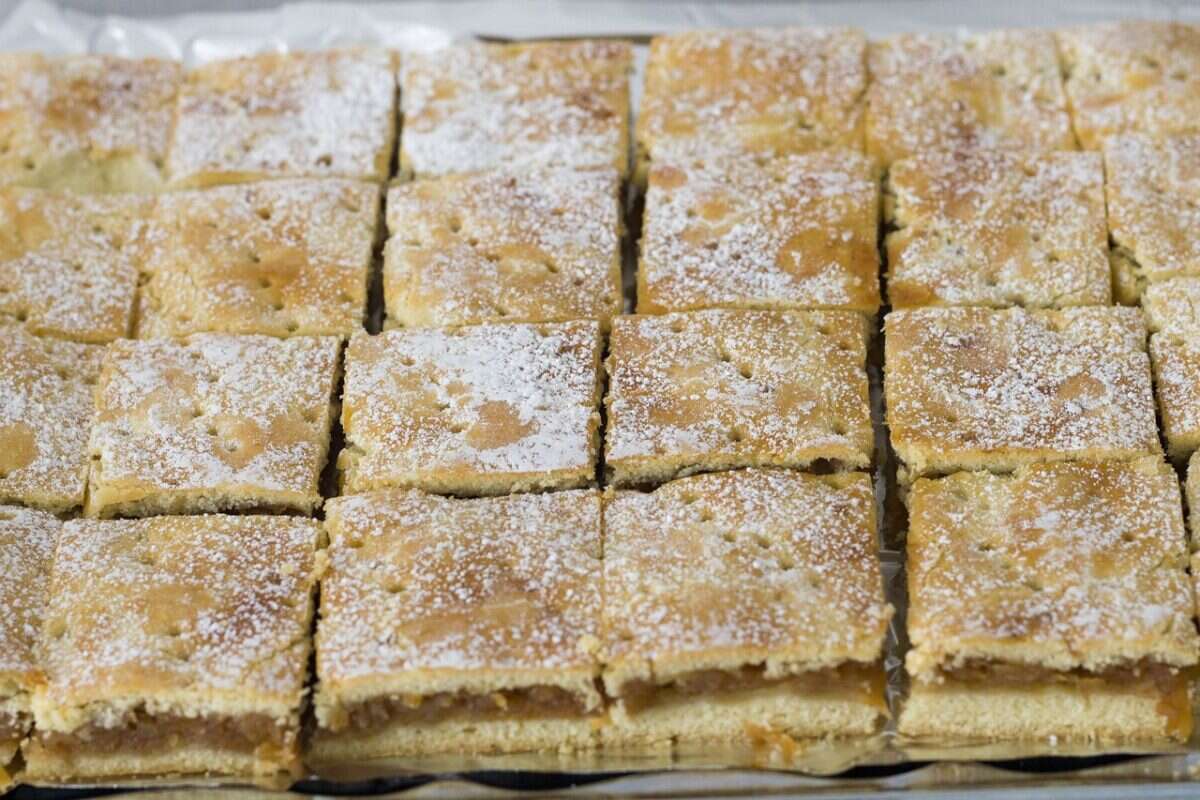Beautiful, medicinal, aromatic, oriental - all gathered in a small plant, which even winter can do nothing but tempt its blossoms. For saffron no legends or folk tales are attached to it, but it is the only plant for which even death sentences have been pronounced.
It is said that if pepper is the king of spices, then saffron is the queen. Could it be that such powerful facts inspired the French car manufacturer to name one of its largest models after this tiny plant?
The snow is the most beautiful when they melt it with their excited colors, blowing their heads out of it. And while the saffrons announce spring, it could rather be said that they are breathing under the snow, not caring how bitter the winter is over it, because the fact that it blooms does not mean that the winter is almost over. The Russians call Visibaba - Podsnežniki, but I would rather call the little Crocus that way, which greatly pattern the snow of our gardens in the winter, and on the mountains they will do so until late spring, in places where the snow stays even until the very summer. Among other things, these are the small beauties that ennoble the ascents to the snowy peaks of the mountains, when in June you cross the snow islands covered with purple and white, small, fragrant and numerous saffron flowers.
And all of them sprout from permanent bulbs, first with narrow, grass-like leaves, which normally disappear during autumn flowering. Then from one bulb grows from 1 to 8 bluish, white, or yellow flowers, which are very similar to the poisonous Mrazovac, but you will definitely distinguish it from him by the longitudinal lines with which the saffron petals are furrowed. It is assumed that its origin is the Balkans and Asia Minor, because we find that it was used by the ancient Greeks and Romans, although we can find its description in the oldest writings of ancient India, which proves that this plant was used before. In addition, it is praised in the Old Testament as one of the most precious spices, along with idjirot, aloe, cinnamon and frankincense. It was brought to Europe by the Moors in the XNUMXth century (although in Spain, where this plant is widely grown, they favor the version that the Phoenicians brought it there). Despite the fact that the Spanish laws at the time provided for the death penalty for smuggling saffron, pilgrims brought it to England in the XNUMXth century. It was later transferred to the American continent, where it is still grown today in Pennsylvania. In Europe, it is grown in Spain and Southern France, and to a lesser extent in Austria, Southern Germany and Italy.
This beautiful mountain plant, apart from being decorative, also has medicinal and spice properties. However, the medicinal part of the plant is only its tiny pistil, and for 1 kg of saffron active substance, between 150 and 000 flowers are needed, while keeping in mind that 200% of the mass is lost during drying. In addition, the saffron is harvested by hand, at dawn before it gets too warm, during the short interval of its flowering. All this resulted in a huge wave of adulteration of saffron in the past, by increasing the weight with boiled must, or lead oxide. In the Italian city of Pisa, warehouse keepers even had to take the "Saffron Oath" in 000, while medieval Germany had rigorous laws on the matter. Despite everything that the authorities did, the counterfeiting of saffron culminated, so in 80 the death penalty was introduced in Germany and Switzerland, where it was carried out by burning the counterfeiters alive. The case of a woman who was buried alive because she helped two counterfeiters was also registered.

And now imagine this: after that case, the criminal law regulations were relaxed, so the perpetrators were no longer killed, but only their eyes were gouged out! But salvation came from the East in an increasing amount of saffron from that side of the world, so that on the Old Continent these sins subsided, and the cultivation of saffron in Spain greatly contributed to the final cessation of its falsification. Although even today it is recommended to avoid cheap saffron spice, because its production is inevitably expensive, and the low price irrefutably confirms that it is a hoax.
The medicinal properties of saffron are multiple. It has a soothing effect on pains and spasms, like opium, and finds application in spasmodic coughs and flatulence. It improves sleep, soothes cramps in the stomach and intestines, and in small quantities facilitates and accelerates childbirth. Externally, it is used for certain inflammatory processes in the eyes and for hemorrhoids. It has a similar application in folk medicine for the same thing, only mixed with milk in the form of poultices (for the eyes). Also in milk, but in very small quantities, it is given to children when they suffer from intestinal spasms.
Folk medicine also considers it effective against poisons and infections; it is considered to stimulate the work of the liver and to be an excellent remedy against jaundice. Mixed with egg white or yolk as a poultice, it relieves pain and heals inflammation; stimulates the monthly cycle, and in wine vinegar or hot brandy, applied to wounds, stops bleeding and soothes pain.
As an addition in small quantities, it gives dishes a special, delicate taste, but if you overdo it, its bitterness will prevail, so be careful. It goes very well with rice dishes, and in the Mediterranean it is used with fish and other seafood. They grow it in Spain, because many of their gastronomic specialties are unthinkable without saffron as a spice. By the way, its color is light orange, it has a strong smell, and the taste is similar to honey, only bitter. A little saffron in a cup of hot water immediately develops its color, and the absence of this phenomenon indicates that the saffron is either not genuine or stale.
Source: BKTV news
Read more:
The Recipes and Kuvar online portal is ranked among the TOP 50 websites in Serbia!
If you are interested in all of ours recipes, click the link: RECIPES. Collections of the best recipes of our associates can be found in the cook section, if you want to read more, click on the link: COOK. If you want to see our front page, click on the link: RECIPES AND COOK ONLINE homepage.
Don't miss a recipe - Recipes and cookbook online on Facebook. Stay tuned, follow the Recipes and Cookbook twitter notifications!








